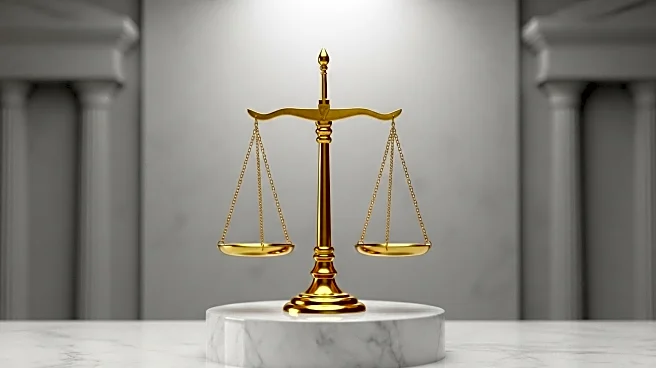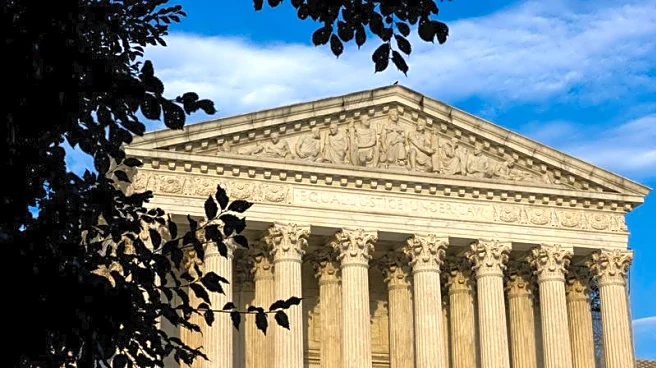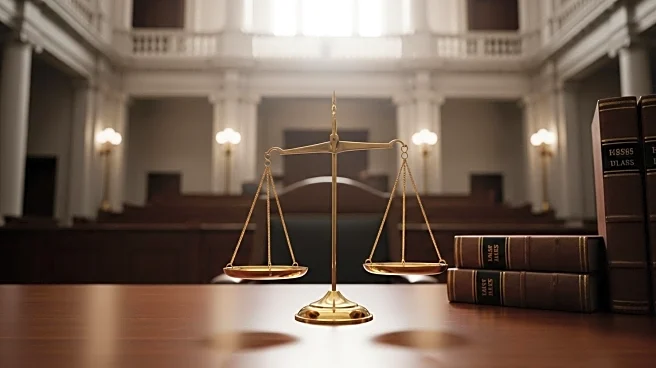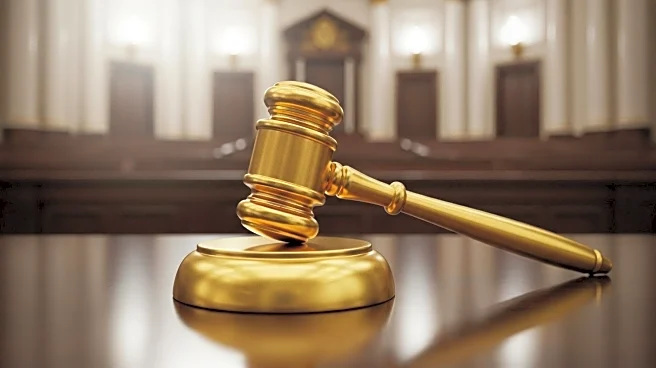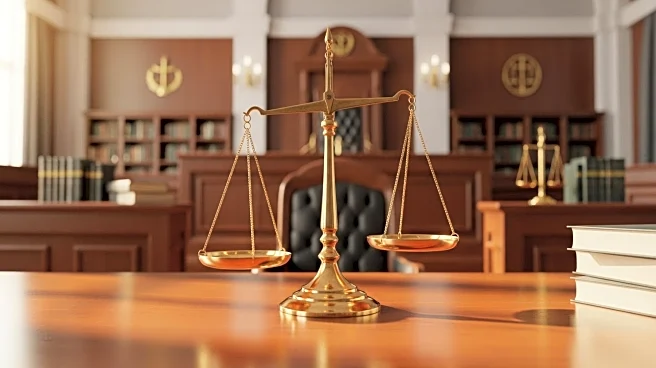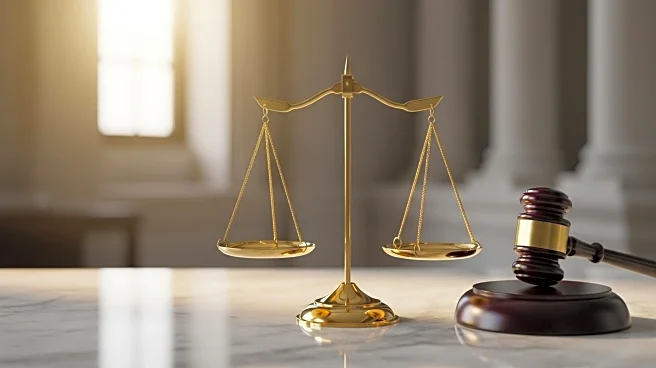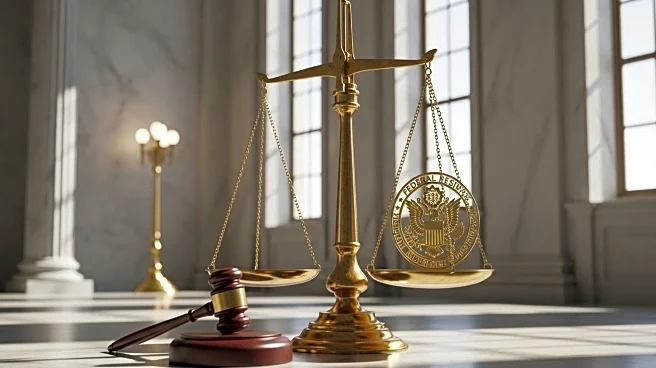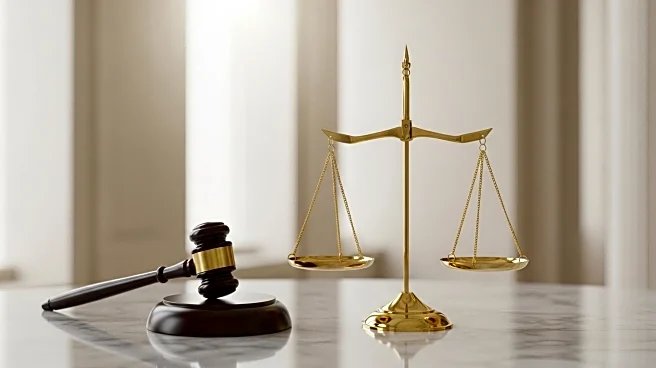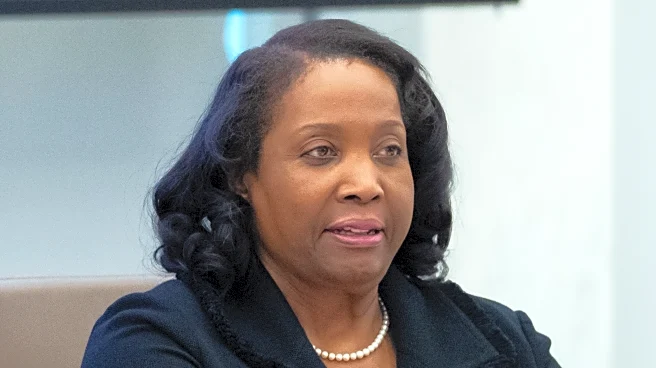What's Happening?
The Supreme Court, led by Chief Justice John Roberts, has experienced an unusually active summer, primarily due to emergency docket actions initiated by the Trump administration. The court, which typically sees a quieter period during the summer months, has granted at least nine emergency requests from the government. These cases involve significant constitutional questions and have sparked dissent from the liberal minority of the court. The justices have also scheduled expedited arguments related to President Trump's tariffs and his attempt to dismiss Federal Reserve Governor Lisa Cook. Yale Law School professor Justin Driver expressed concerns about the long-term impact of this increased pace on the court's dynamics, suggesting it could lead to heightened tensions among the justices.
Why It's Important?
The Supreme Court's increased activity during the summer highlights the ongoing influence of the Trump administration on judicial proceedings. The administration's frequent use of emergency applications has prompted the court to address numerous high-stakes issues without the usual deliberation process. This trend could have significant implications for the balance of power between the executive and judicial branches, as well as the court's ability to maintain its traditional role as a deliberative body. The liberal justices have voiced concerns about the potential erosion of constitutional guarantees, while the conservative majority continues to support the administration's actions. The situation underscores the evolving nature of the court's role in American governance and the potential for increased polarization within its ranks.
What's Next?
As the Supreme Court begins its new term, it is expected to tackle a range of contentious issues, including presidential power, the Voting Rights Act, and matters related to transgender athletes and conversion therapy. The Trump administration shows no signs of reducing its rate of emergency applications, which could further strain the court's docket. The justices will need to navigate these challenges while maintaining collegiality and ensuring that their decisions uphold the rule of law. Observers will be watching closely to see how the court manages its workload and whether the summer's activities will influence its approach to upcoming cases.
Beyond the Headlines
The Supreme Court's handling of emergency requests from the Trump administration raises broader questions about the role of the judiciary in checking executive power. The court's decisions could set precedents that affect future administrations and their ability to implement policies swiftly. Additionally, the increased reliance on the shadow docket, which allows for decisions without full argumentation, may impact public perception of the court's transparency and accountability. The situation also highlights the potential for long-term shifts in the court's internal dynamics, as justices grapple with the pressures of an accelerated decision-making process.



